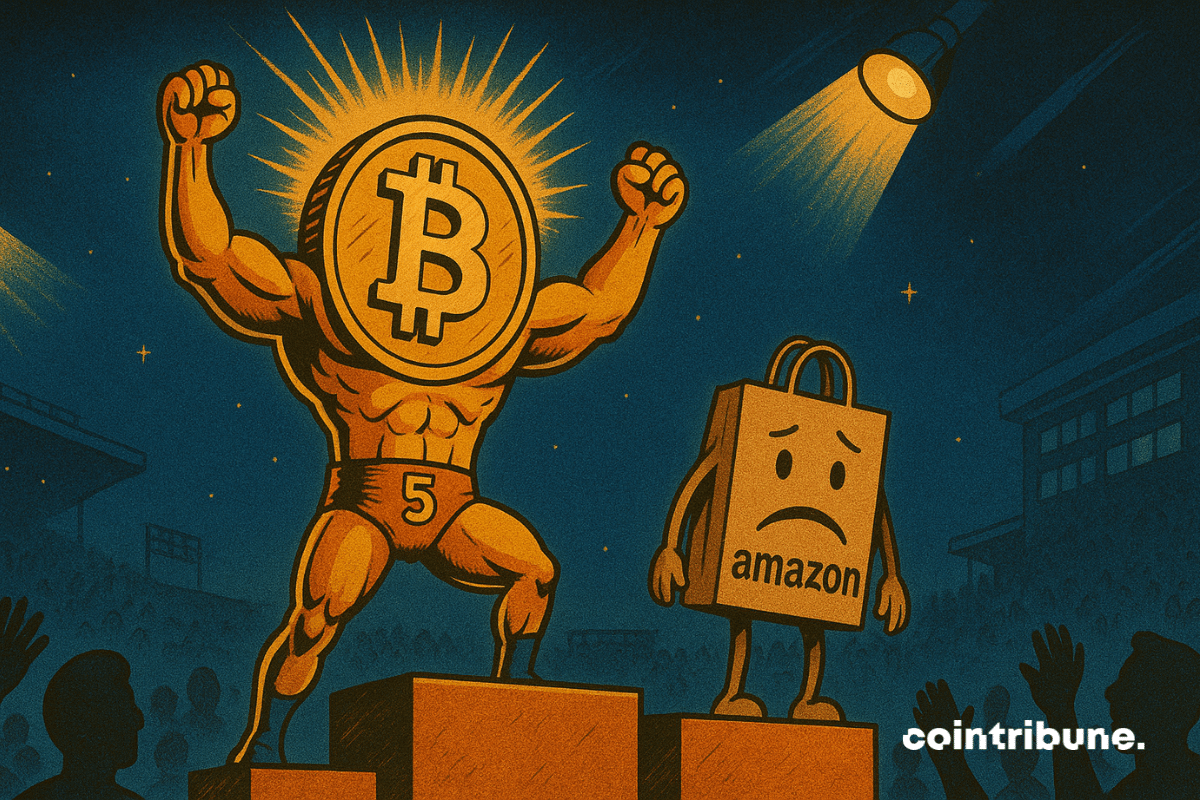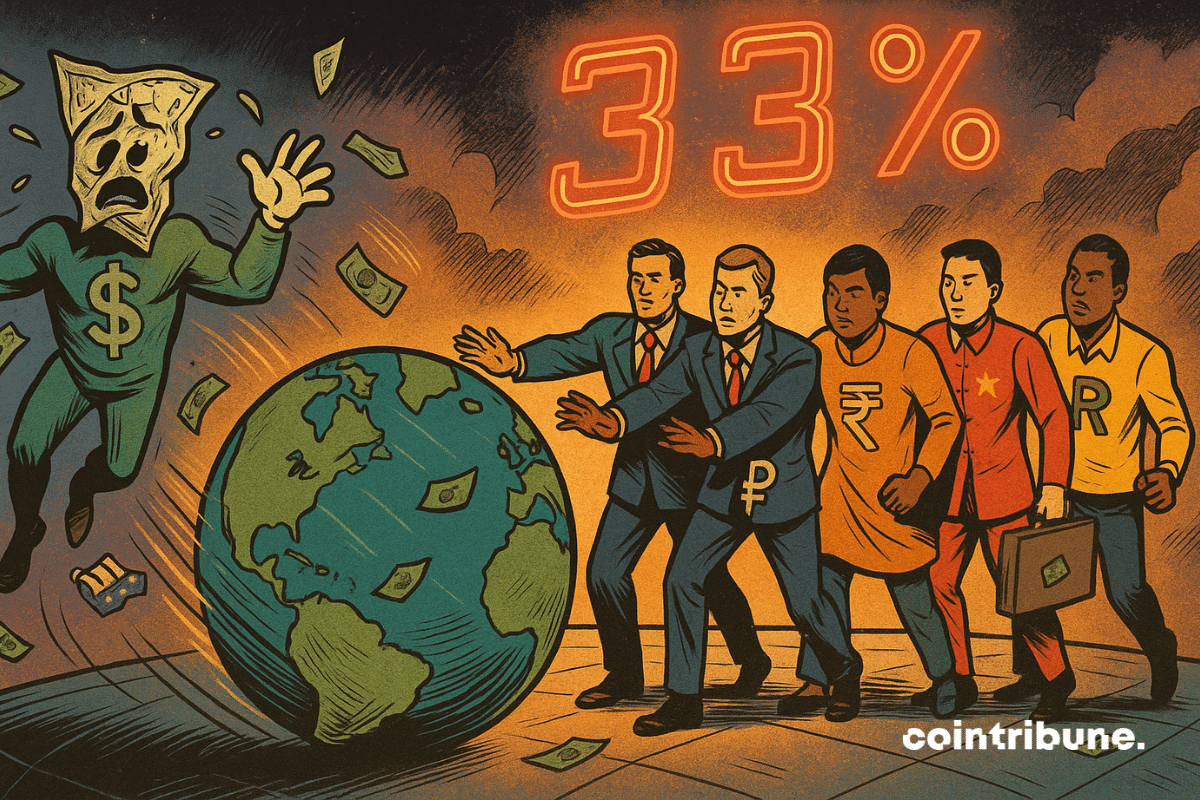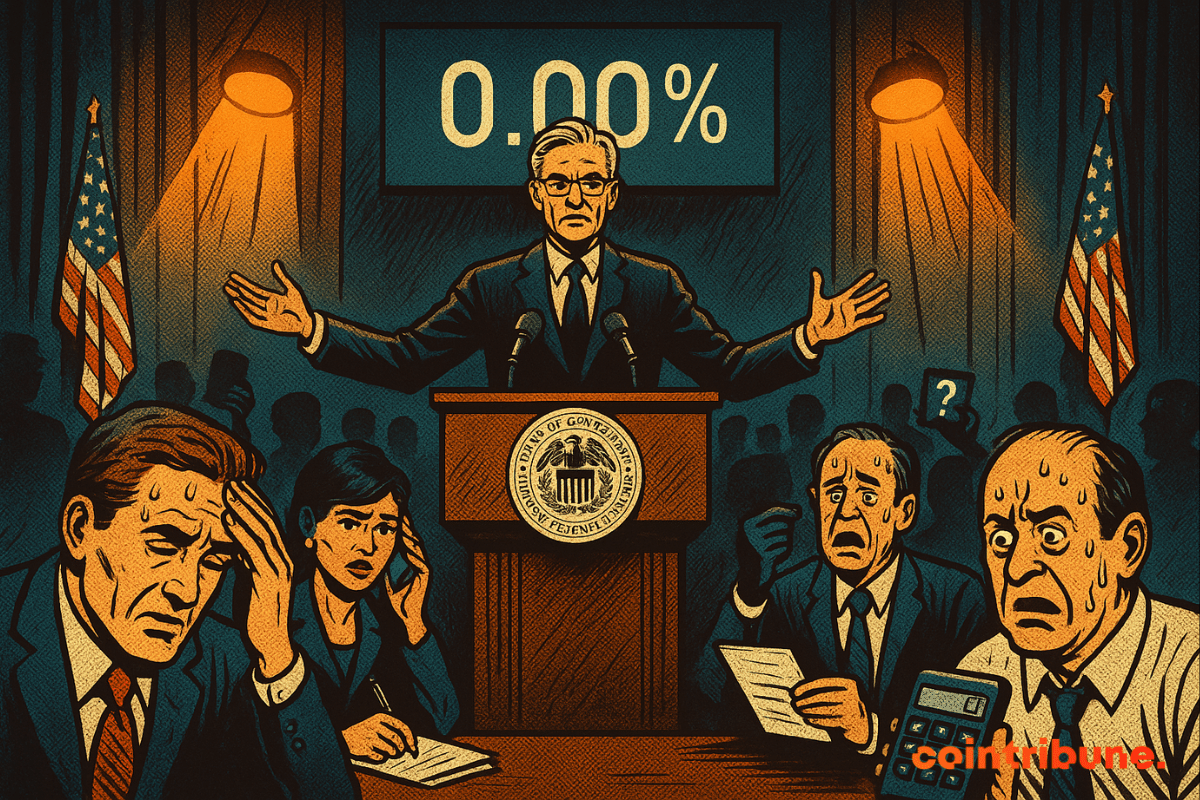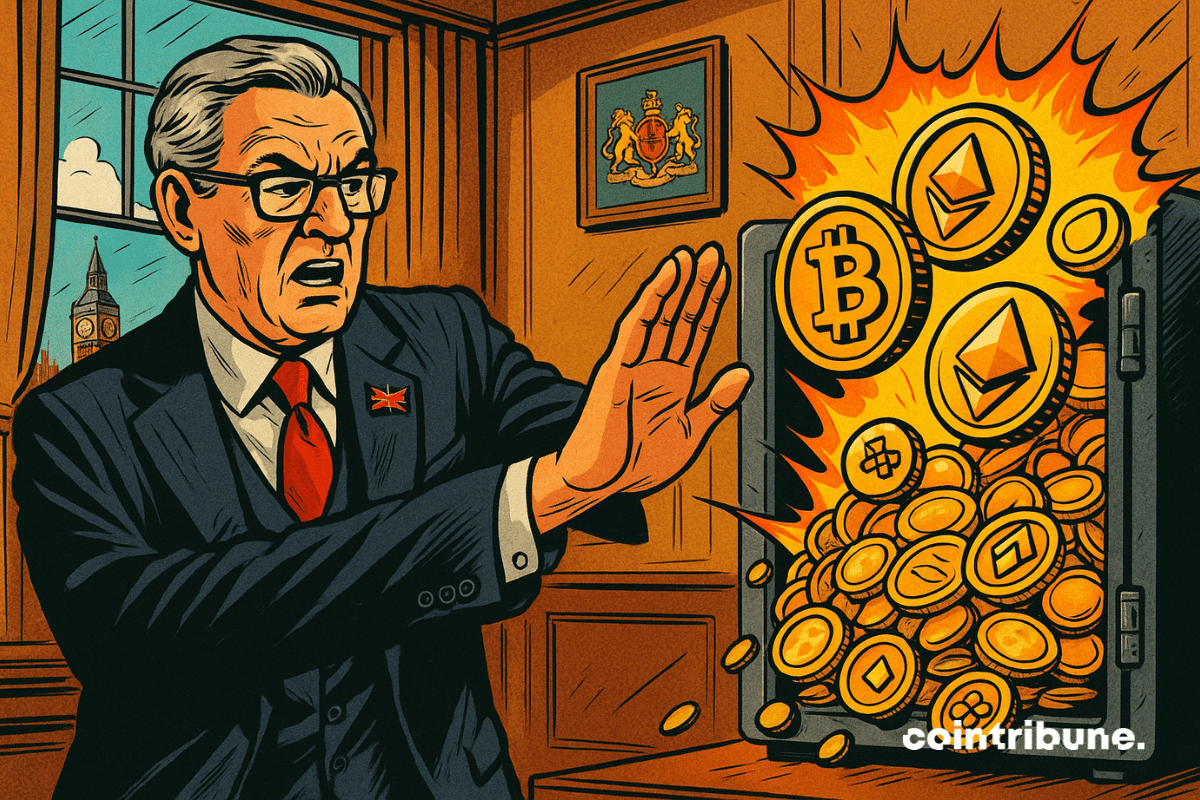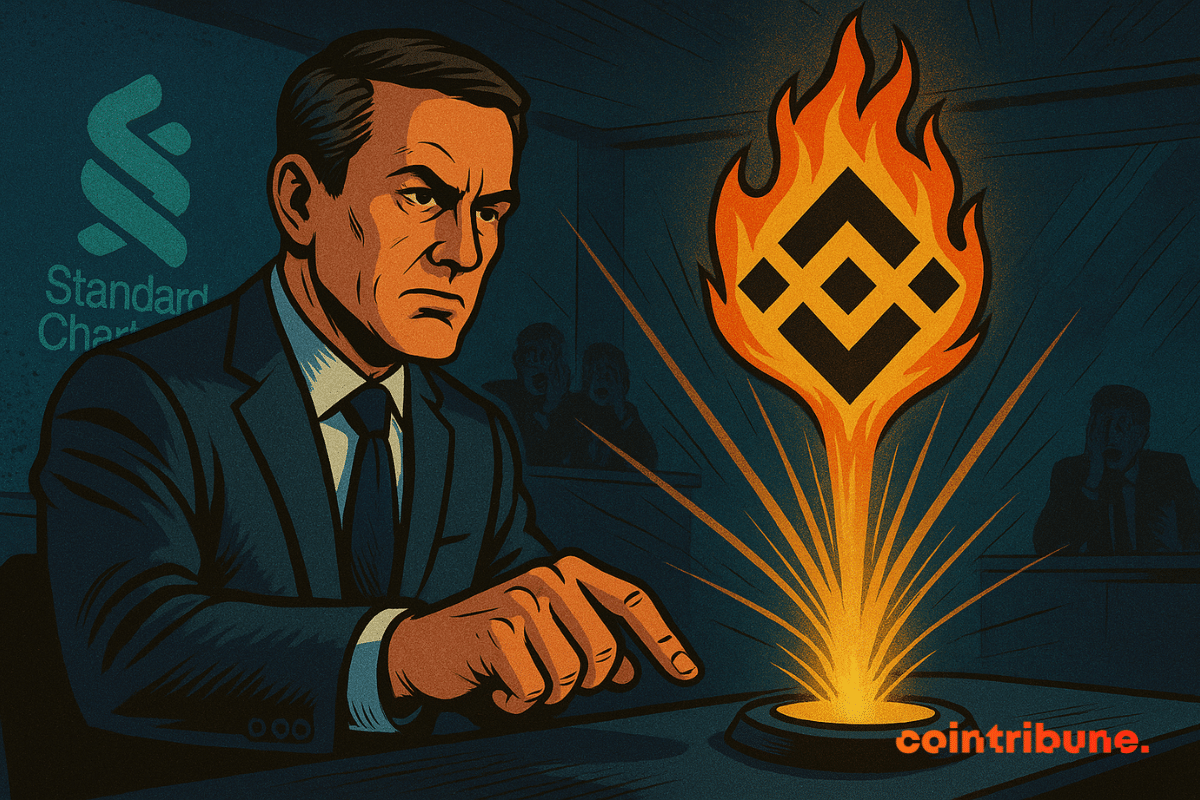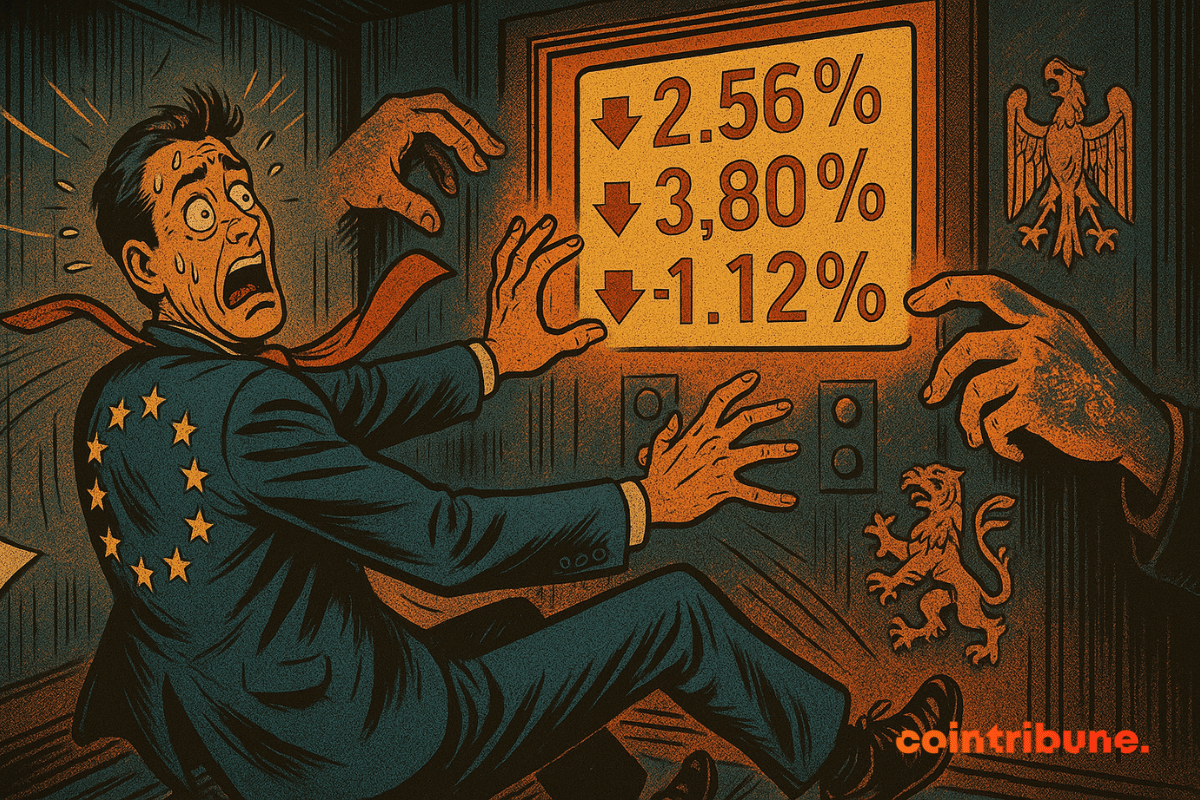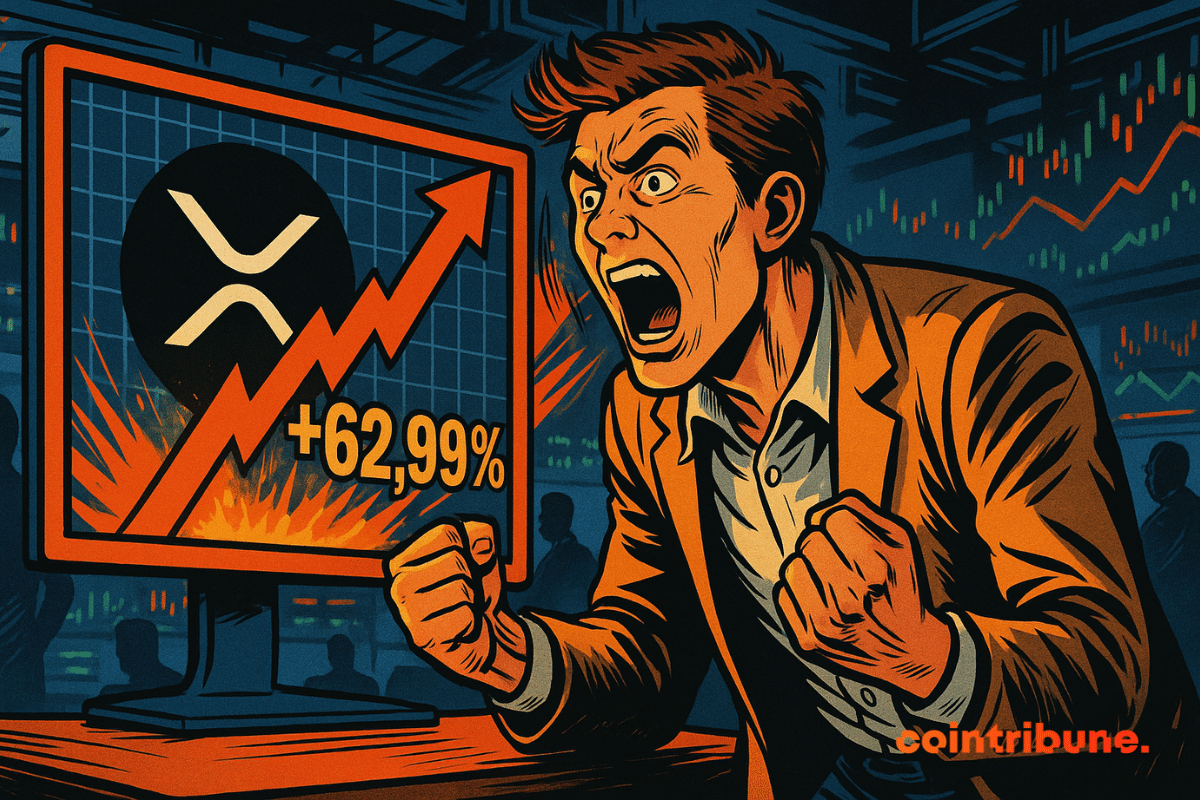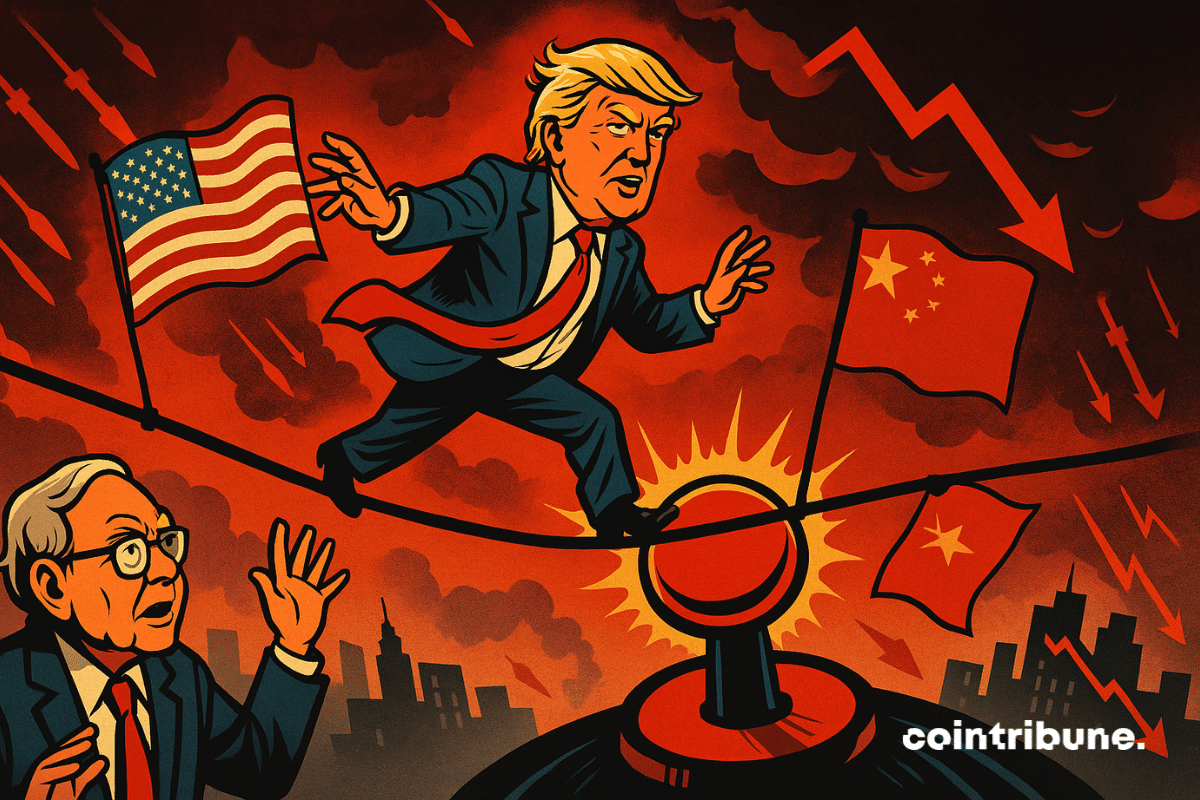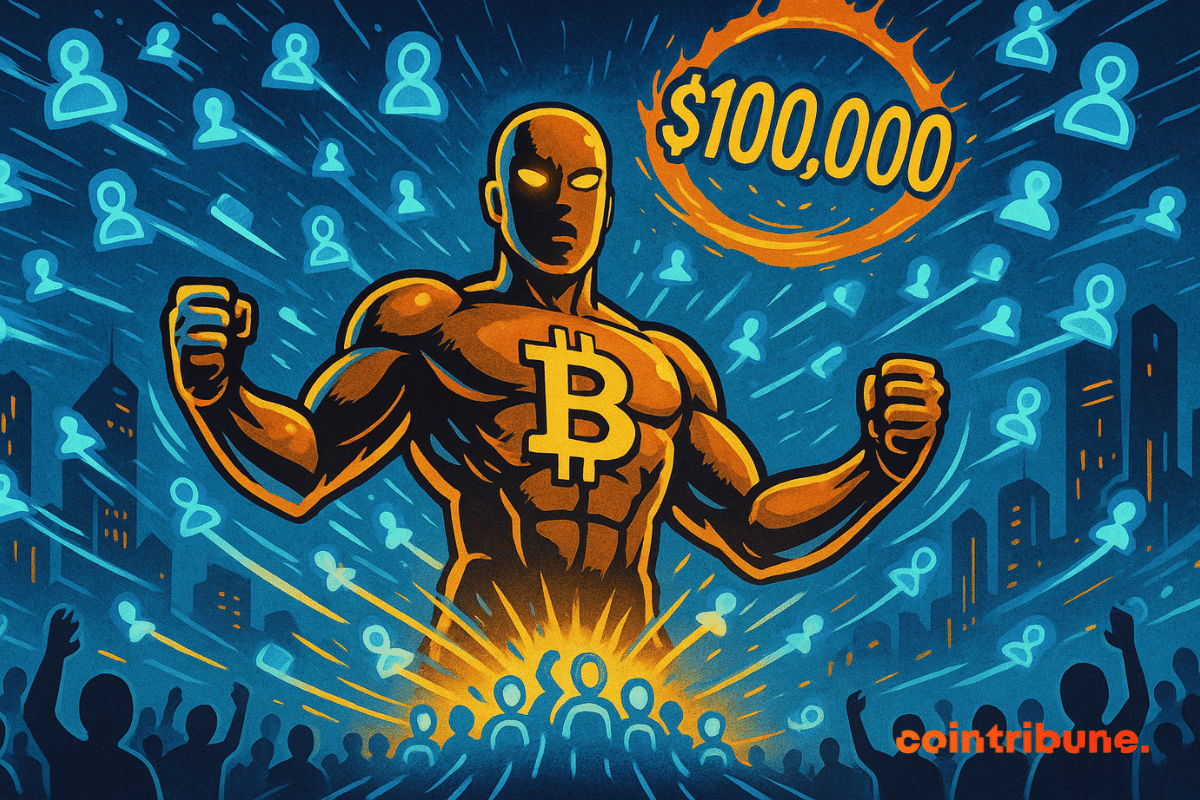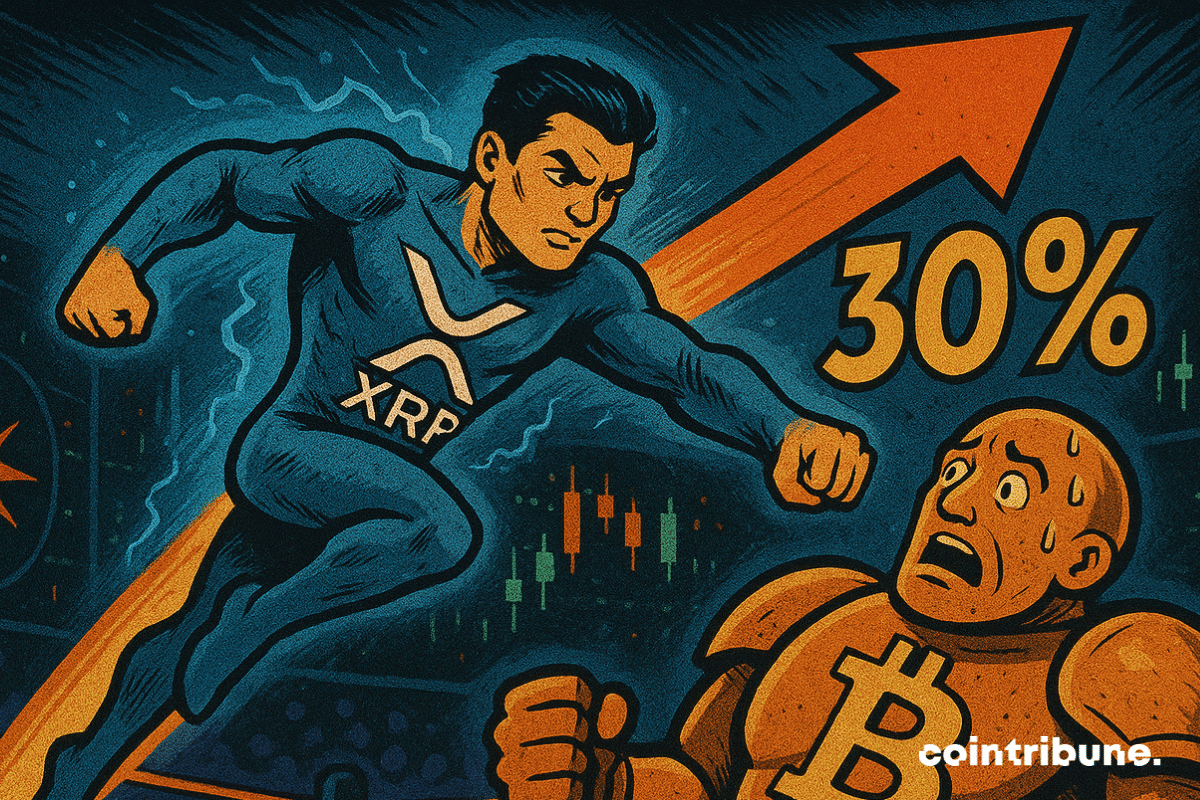A turning point has just been reached in the history of global assets. On May 8, Bitcoin surpassed Amazon in market capitalization, entering the top 5 largest valuations in the world. This milestone not only reflects market performance but also crystallizes the rise of a decentralized network against a giant of traditional tech. This clash between two economic visions redefines financial hierarchies and emphasizes the growing foothold of cryptocurrencies in global balances.
Home » Archives for Luc Jose Adjinacou » Page 12
Luc Jose A.
Diplômé de Sciences Po Toulouse et titulaire d'une certification consultant blockchain délivrée par Alyra, j'ai rejoint l'aventure Cointribune en 2019. Convaincu du potentiel de la blockchain pour transformer de nombreux secteurs de l'économie, j'ai pris l'engagement de sensibiliser et d'informer le grand public sur cet écosystème en constante évolution. Mon objectif est de permettre à chacun de mieux comprendre la blockchain et de saisir les opportunités qu'elle offre. Je m'efforce chaque jour de fournir une analyse objective de l'actualité, de décrypter les tendances du marché, de relayer les dernières innovations technologiques et de mettre en perspective les enjeux économiques et sociétaux de cette révolution en marche.
In an ecosystem where every signal can shift the market, an Instagram story is enough to sow chaos. On May 8, the official ChatGPT account published a link to a Pump.fun contract, a platform known for hosting ephemeral and highly speculative tokens. Thus, the effect was instantaneous: suspicions of hacking, doubts about intent, distrust toward official channels. When the most influential AI of the moment seems to point toward a questionable project, trust fractures and questions multiply.
The global monetary architecture is shaking on its foundations. By reducing the share of the dollar in their exchanges to 33%, the BRICS are signaling a historic break. Their trade now largely relies on their own currencies. Behind this shift lies a deliberate strategy to fragment a system dominated by the greenback. This is no longer an intention; it is a movement underway. And it is reshaping the balances of a financial order that has until now been under the influence of Washington.
When the Federal Reserve opts for inaction, markets wobble. By keeping its rates unchanged this Wednesday, the world's leading central bank met expectations but did not alleviate tensions. Thus, amid persistent inflation, slowing consumption, and uncertainties about employment, the Fed's message remains deliberately vague. This strategy of waiting increases the nervousness of financial markets and fuels speculation, particularly in the crypto world, where every word of Jerome Powell is scrutinized as a crucial indicator.
As the adoption of cryptocurrencies accelerates, a study by Binance Research conducted among 30,000 investors in Asia reveals a notable increase in their skills regarding cybersecurity. This report highlights a central paradox: the more widespread the usage, the more technical flaws multiply. Between heightened caution and persistent vulnerabilities, security standards evolve, supported by a community of investors who are increasingly well trained in the issues of cryptocurrency protection.
"A few hours before a key decision from the Federal Reserve, traditional markets freeze. In contrast, the crypto market comes to life. While Wall Street holds its breath, Bitcoin traders intensify their long positions, betting on a favorable scenario. This agitation goes beyond mere technical betting. It reflects an offensive strategy in a context of monetary uncertainty. As the Fed prepares to decide on its rates, the crypto market seems to have already taken its position, ready to capitalize on the slightest shift in economic discourse."
While several economic powers consider integrating bitcoin into their reserves, the United Kingdom opts for a strategic break. No national reserve in crypto will come to fruition, the Treasury confirmed at the FT Digital Asset Summit in London. This decision sharply contrasts with the offensive approach of the United States under the Trump administration. What does this choice reveal about the British crypto vision? And what will be the implications for London’s position in the global digital ecosystem?
As the crypto ecosystem evolves amidst regulatory uncertainties and hopes for recovery, Standard Chartered surprises with an ambitious projection: BNB could rise to $2,775 by the end of 2028. This estimate, presented by Geoff Kendrick, the bank's head of crypto research, is based on a strong correlation with the performance of Bitcoin and Ether since 2021. As investors look for signs of a new bullish phase, this institutional stance revitalizes Binance's crypto.
European markets began the week without a clear direction, caught between two major uncertainties: the upcoming decisions of central banks and fears of a global trade tightening. On Monday, May 5, the main financial markets show clear caution, illustrated by slightly declining indices and low trading volumes. Indeed, investors are anxiously awaiting the next announcements from the Fed and the Bank of England, in an environment where every monetary or diplomatic signal can shift the trend.
The crypto market sometimes holds surprises that shake up the usual references. This is the case with XRP, whose derivatives have just experienced a spectacular surge: +62.99% in volume over 24 hours, or $4.52 billion according to Coinglass. This is a significant jump that contrasts with the decrease in open interest, suggesting a speculative enthusiasm tinged with caution. This imbalance between excitement and restraint intrigues industry players and fuels speculation about the evolution of the Ripple ecosystem.
And if a trade war could lead to a nuclear confrontation? The hypothesis seems extreme, until it is put forward by Warren Buffett. Indeed, during the annual meeting of Berkshire Hathaway, the investor warned that Donald Trump's economic policies, perceived as aggressive, could fuel global tensions with uncontrollable consequences. An unusual stance, heavy with implications, in an international context already weakened by growing rivalries.
While uncertainty looms over global markets, a clear signal is emerging at the level of bitcoin: on-chain activity is surging. With nearly one million active addresses in 24 hours, a high not seen in six months, attention is shifting back to the fundamentals of the network. BTC, after peaking at $97,000, is oscillating around $94,000. This surge in activity is intriguing: is it a lasting effect or just a fleeting frenzy? Traders are sharpening their analyses and watching for the next impulse.
While the crypto market digests the post-halving calm, a technical setup is quietly attracting attention: the XRP/BTC pair could surge by 30%. Far from a simple bullish scenario, this signal is based on a marked tightening of the Bollinger Bands, often a precursor to sharp movements. For traders, this type of compression is never trivial. It often heralds a resurgence of volatility, in either direction. This time, all indicators are converging towards a possible spike.
As oil prices plummet and demand remains sluggish, OPEC+ surprises by announcing a massive increase in its production starting in June. Eight members of the cartel break with recent caution and reignite uncertainty in an already tense market. Behind this turnaround lies a possible geopolitical and economic turning point, between a strategy of recovery and calculated risk-taking. This decision could reshape global energy balances.
For a long time hesitant towards bitcoin, American universities are beginning to make a discreet but decisive shift. Brown University, a pillar of the Ivy League, has just announced a direct exposure to BlackRock's IBIT ETF. This is a first, revealed in an official filing with the SEC, which could redefine the standards for endowment fund allocation. Why this movement now? What amounts are at stake? And what does this strong signal sent by an academic institution in the midst of a reshaping crypto market reveal?
